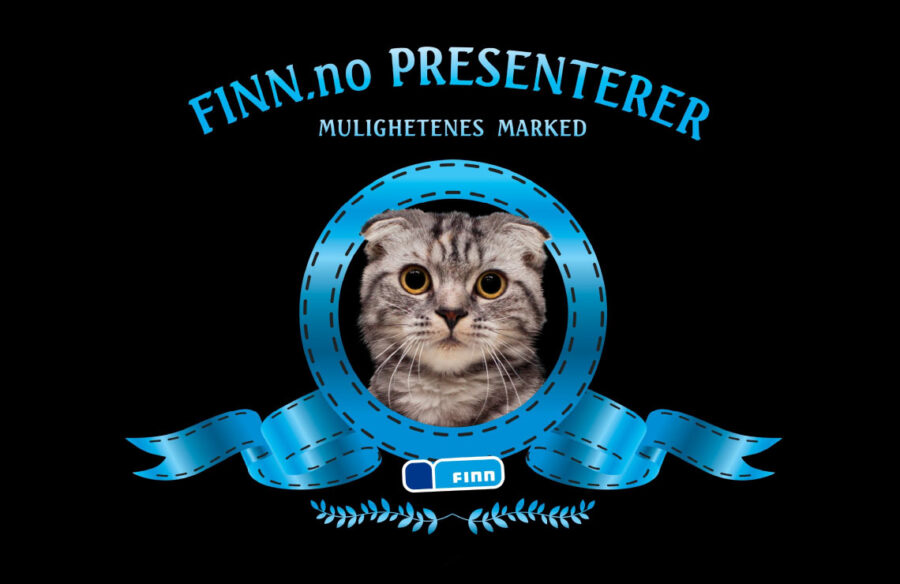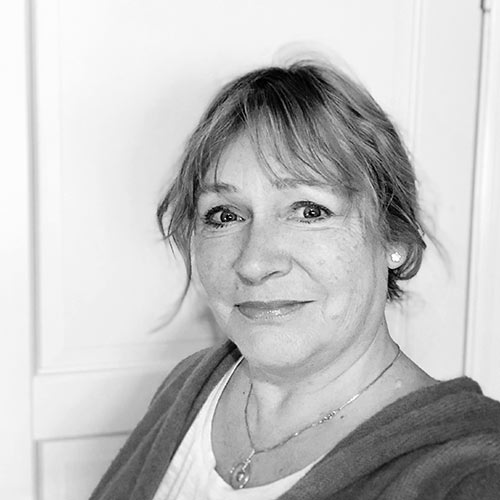
Finn changed the history of Schibsted
Creating the Norwegian marketplace Finn was a milestone in Schibsted’s history. The idea challenged the existing businesses within the newspapers – but it turned out to be an international success story.
In the late 1990s the advertising revenue of newspapers crashed. Data and the internet were here to stay, and paper ads were no longer what they once were. The newspapers had to do something. Five major Schibsted newspapers in Norway put their best people on the job to find a solution that would secure revenue from classified ads in the future. The solution was – a web site with pictures of the newspaper ads! (vis@visen can be translated to: Show the newsp@pers).
The ads were not searchable, so it was really just the old newspaper ads on a screen instead of on paper. It was not a success.
But the owners did not give up, they realized that they needed a different approach. The ads had to be digitized, and it had to happen quickly. There were several competitors who had already launched digital solutions, so it was not about being first anymore. It was about being the best.

Terje Seljeseth, IT manager at Aftenposten, was given the task. He gathered a small team that gave the new service the name Finn. Finn was formally established as a separate company in 1999, but officially launched in March 2000, with great fanfare in central Oslo. Remember that this was early in the age of the internet – so many people shook their heads, and there was even a public debate about the future of the internet at the University of Oslo!
A lot of those who worked in the newspapers were skeptical and feared that the newspapers’ investments in internet advertisements would make them unemployed. Many also had little faith in the internet in general.
But the founders decided to hire people who were specialists in real estate, jobs and cars, along with highly competent people from the IT industry.
The mantra was ”We are all sales people. Launch and learn. Embrace change”. These keywords are still used and are a strong base for the internal culture.
Thinking differently
I worked in the advertising department at Aftenposten, and was employed in Finn in August 2000 to take care of the customers. There were only 10–15 people in the entire company, so everyone had to contribute.
We knew that in order to succeed, we had to do better than our competitors, and think differently than the newspapers. For example, we wanted the real estate ads to have many nice photos. But almost no one had cameras that could take digital photos. Therefore, digital cameras were purchased, we gave them to our customers, and we taught them how to use them.
We spent a lot of time teaching people to post their ad themselves, and we also received photos that we scanned and posted on the ads. On several occasions we traveled to our most valuable customers and sat down with them to teach them to be self-sufficient.
Not all of the customers were equally enthusiastic.
Real estate agents and car dealers were afraid to lose market share and did not want private individuals to be allowed to place ads. Fortunately, no one listened to them!
Finn quickly became popular and grew at the same time as most people got a PC and internet at home, so the timing was perfect.
Finn has done well, even during economic downturns, it has grown steadily. In bad times people sell houses and cars, and in good times they switch more often – and in both cases there is a need for ads.
Already after three to four years the company was making good money. In 2003, Torget (general merchandise) was launched, and in 2006 came Reise, the travel vertical.
In 2006, Finn had 548,332 ads on Torget, in 2019 there were more than nine million new ads, and we expect to reach ten million in 2020. We had cake for every million new page views. For a time, we ate cake every week, and we had to buy fruit and vitamins to balance our diet. I still blame those celebrations for all my extra pounds.
The focus has always been on the users’ experience
For me and my team at customer support, the focus has always been on the users’ experience. All feedback is taken seriously, and the teams are doing their part to continuously improve the user experience.
Finn’s marketing strategy has always been to be very down to earth, with a twinkle in the eye – and customer support are using the same tone of voice. Since Schibsted also had newspapers in Sweden it was important to secure that market too. So, in 2003 Schibsted bought Blocket, which then became a template for the group’s future classifieds websites. Schibsted was one of the first players to follow a global online classifieds strategy and made an impressive international expansion. In early 2019, the company owned classified marketplaces in more than 20 countries.
In May 2019, it was announced that Schibsted had spun off the international marketplaces into a new company – Adevinta. Today we know that the split has led to even more marketplaces worldwide, and so far it has peaked with the purchase of eBay’s classified sites in summer 2020. Finn is now a part of Nordic Marketplaces in Schibsted, along with Blocket in Sweden, and Tori and Oikotie in Finland.
So, in a sense Finn was the beginning of an incredible journey for the company itself, for Schibsted, but also for society. The services provided by all these sites also help people to make sustainable choices, since trading second-hand goods is a part of a circular economy and reduces our environmental footprint.
Innovation and growth is key
Since Finn was an innovation in itself, innovation lies in the company’s genes, and experimentation is a part of everyday life. Much has changed over the years, some marketplaces have come and gone, some have been successful, and some have failed. The old mantra ”Launch and Learn” is still in the walls.
Usability is another keyword. All feedback from users and customers is constantly used to continuously improve the experience. Today, almost 30 people work with user experience and service design.
The cultural values ”Sult, Humør, Takhøyde, Presisjon” (Drive, Spirit, Tolerance, Precision) have been there all the way, and by living these values both internally and externally, Finn has a unique and strong culture. It is also one of the most known brands in Norway.
As in all other industries, Finn must also change over time as both technology and users’ expectations are changing. We’re now starting the journey to become the next generation marketplace, and we will always continue to help people make smart choices for themselves and society. And we will never stop focusing on innovation and growth.

Anne Sandvin
Internal Communication, Finn
Years in Schibsted
22
What I’ve missed the most during the Corona crisis
Social interaction with my colleagues